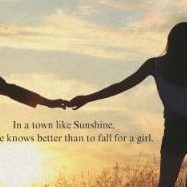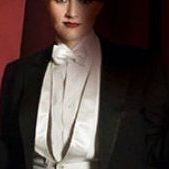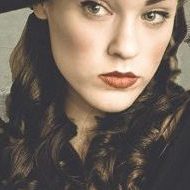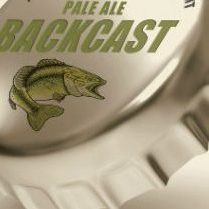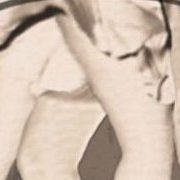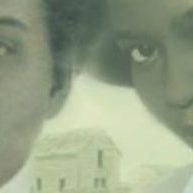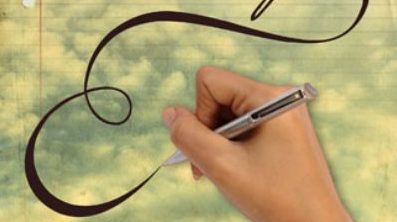 Beatrice Darby may work in a library, but she doesn’t do anything by the book.
Beatrice Darby may work in a library, but she doesn’t do anything by the book.
Seventeen-year-old Beatrice Darby may work in a library, but she doesn’t do anything by the book. She certainly tries, though, and when she does, she ends up feeling like an incomplete entry in a card catalogue: untitled, unauthorized, subject―to ridicule.
It’s 1957, and Beatrice is about to go off to college, where her family expects her to hook a husband. But, as Lucy Ricardo once inquired, “Ethel, did you ever wish there was something else to marry besides men?” Ethel answered, “Often,” and Bea would agree. Like Lucy, Beatrice is an oddball, but of a different sort: the sort that’s different.
Studious and beauteous, with a classy chassis and a ponytail that swishes like the tassel on a bookmark, Beatrice can pass for “normal.” Yet normal doesn’t pass muster with Bea, nor does she see the need to muster up the energy or effrontery to be something she’s not.
Thus, Beatrice isn’t hearing wedding bells; she’s queering them―with dreams of marryin’ the librarian, Abby Gill, at once twice her age and twice as sage. But it’s not as if Beatrice can go singin’ in the rainbow that she prefers dolls to guys. That would cause eyebrows to curve like the drawer handles on a card catalogue. At a time when women can yakety yak but not talk back to society, Beatrice feels like a banned book.
Does Abby feel the same way? Abby makes Bea’s head spin like a carousel of paperbacks―those of the lesbian pulp fiction variety, to be exact. All she wants is to be with Abby from queer to eternity. But even if she can have what she wants, does Bea really want a women-in-the-shadows-who-whisper-their-love style of life? Beatrice doesn’t consider her feelings forbidden or her urges unnatural. Yet she doesn’t have to be a contestant on I’ve Got a Secret in order to be found out―and, subsequently, cast out, off, and aside.
The danger of discovery doubles in college, where Beatrice falls for her friend Gwen Ridgeway, a Technicolor blonde who’s fond of the opposite sex. The two become closer than a checkout card in the paper pocket of a library book, which makes it all the more imperative―and impossible―for Bea to conceal her crush. Will Beatrice overcome the fear and the guilt of deviancy, or is she doomed to dwell in the well of loneliness? And what of her love life? Will Gwen skirt men and journey to a woman? Or will Abby be the one to pull Bea back from the edge of twilight?
Debut author Jean Copeland has come out with a novel that is abnormally superb. The pace whirls like a hula-hoop; the plot is as textured as the fabric in a touch-and-feel board book. And, with more dimension than a stereoscopic flick, the girls in 3-D incite much pulp friction as they defy the torrid, florid, horrid outcomes to which they were formerly fated.
The Sapphics in this novel are still sensational―but in a different and better way. In the 1950s, when lesbians were made to feel more warped than a water-damaged book and women who didn’t wake up Little Suzy Homemaker were compelled to compartmentalize their identities like TV dinners, Copeland’s characters are realistically remonstrative while at the same time demonstrative of clarity and parity, sincerity and temerity. In the words of midcentury chanteuse Dinah Washington, “What a difference a gay makes.”

